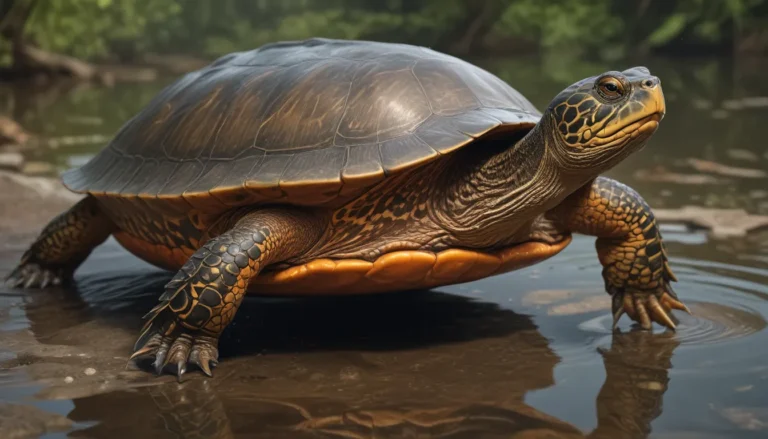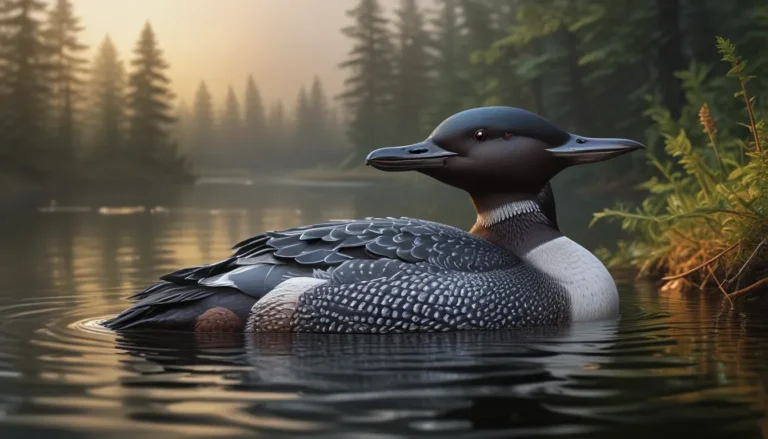The pictures we use in our articles might not show exactly what the words say. We choose these pictures to make you interested in reading more. The pictures work together with the words but don’t take their place. The words still tell you the important facts.
Welcome to the intriguing world of badgers, the elusive creatures with distinctive black and white striped faces that have captured the imagination of people for centuries. From their nocturnal habits to their excellent digging abilities, badgers offer a wealth of fascinating characteristics that make them truly unique. Join us as we unravel 13 interesting facts about badgers, shedding light on their remarkable behaviors and ecological significance.
Unveiling the Mustelid Family
Badgers belong to the mustelid family, which also includes otters, weasels, and ferrets, showcasing their diverse and fascinating lineage within the animal kingdom.
Nocturnal Wonders: Badgers’ Active Night Lives
Primarily nocturnal animals, badgers rely on their keen sense of smell and hearing to navigate the darkness and hunt for food in the cover of night.
Master Builders: Badgers’ Digging Prowess
With their powerful front claws, badgers excel at digging intricate burrows and tunnels underground, creating elaborate homes that serve as their safe havens.
A Striking Appearance: Black and White Facial Markings
Recognizable by their distinct black and white facial markings, badgers sport a unique appearance that sets them apart from other animals in the wild.
Omnivorous Appetites: Badgers’ Varied Diet
Badgers are omnivores with a diverse diet that includes earthworms, insects, small mammals, birds, fruits, and roots, showcasing their adaptability in foraging for sustenance.
Defensive Tactics: Badgers’ Aggressive Behaviors
In moments of threat, badgers display defensive mechanisms such as growling, hissing, and releasing a foul-smelling scent from their anal glands to ward off potential dangers.
Aquatic Exploits: Badgers’ Surprising Swimming Skills
Despite their terrestrial nature, badgers are proficient swimmers, capable of navigating across rivers and streams in search of food or to escape predators.
Lifespan Mysteries: Badgers’ Longevity in the Wild
Badgers can live up to 10-15 years in their natural habitat, showcasing a relatively long lifespan compared to other creatures in the wild.
Rodent Controllers: Badgers’ Role in Ecosystem Balance
By preying on rodents, badgers play a vital role in controlling rodent populations, contributing to a balanced ecosystem and preventing overpopulation of small mammals.
Territorial Enigmas: Badgers’ Marking and Disputes
Highly territorial animals, badgers mark their territory with scent markings and engage in territorial disputes with other individuals, showcasing their complex social behaviors.
Hibernation Secrets: Badgers’ Winter Survival Strategy
During the colder winter months, badgers enter a state of hibernation to conserve energy and endure the harsh environmental conditions prevalent in colder regions.
Habitat Explorers: Badgers’ Wide Range of Environments
Versatile in their habitat preferences, badgers can be found in various regions, including forests, grasslands, scrublands, and even urban areas, demonstrating their adaptability to diverse surroundings.
Reflecting on Badgers: A Unique and Enigmatic Species
Badgers are captivating creatures with a rich history and a host of unique characteristics that make them a fascinating subject of study for nature enthusiasts and wildlife lovers alike. Whether you encounter a badger in the wild or observe them in documentaries, these 13 facts will deepen your understanding and appreciation for these remarkable animals.
FAQs: Answering Your Burning Questions About Badgers
-
Q: What do badgers eat?
A: Badgers have an omnivorous diet, feeding on earthworms, insects, small mammals, berries, fruits, and even bird eggs. -
Q: Are badgers aggressive?
A: Badgers are generally shy and elusive, only becoming aggressive when threatened or cornered. -
Q: Where do badgers live?
A: Badgers inhabit various regions worldwide, constructing burrows called setts in which they reside. -
Q: Do badgers hibernate?
A: While not true hibernators, badgers may enter a state of torpor during winter months to conserve energy. -
Q: Are badgers social animals?
A: Badgers are mainly solitary but may form family groups known as clans comprising an adult breeding pair and their offspring. -
Q: Can badgers climb trees?
A: Badgers are not adept climbers, preferring a ground-dwelling lifestyle suited to their digging abilities. -
Q: Are badgers nocturnal?
A: Yes, badgers are primarily active during the night, utilizing their excellent night vision to navigate their surroundings. -
Q: What are a badger's main predators?
A: Larger predators such as wolves, bears, and cougars pose threats to badgers due to their size and powerful jaws. -
Q: How long do badgers live?
A: Badgers have an average lifespan of 4 to 5 years in the wild, with captive individuals living up to 14 years or more. -
Q: Do badgers serve any ecological purpose?
A: Yes, badgers play a crucial ecological role by aerating the soil through burrowing activities and controlling small mammal and insect populations. -
Q: Can badgers swim?
A: While primarily terrestrial, badgers are capable swimmers and can navigate water bodies if necessary. -
Q: Do badgers have cultural significance?
A: Badgers hold cultural significance in folklore and mythology, symbolizing determination, courage, and protection in various societies. -
Q: Are badgers endangered?
A: The conservation status of badger species varies, with some listed as Least Concern and others as Near Threatened depending on their geographic location.
In conclusion, badgers' captivating traits and ecological contributions make them a species worth exploring and learning about. Whether you're a nature enthusiast, wildlife researcher, or simply curious about the natural world, delving into the world of badgers promises a journey filled with wonder and discovery. So, embark on this adventure of knowledge and appreciation for one of nature's most enigmatic creatures, the fascinating badger.






